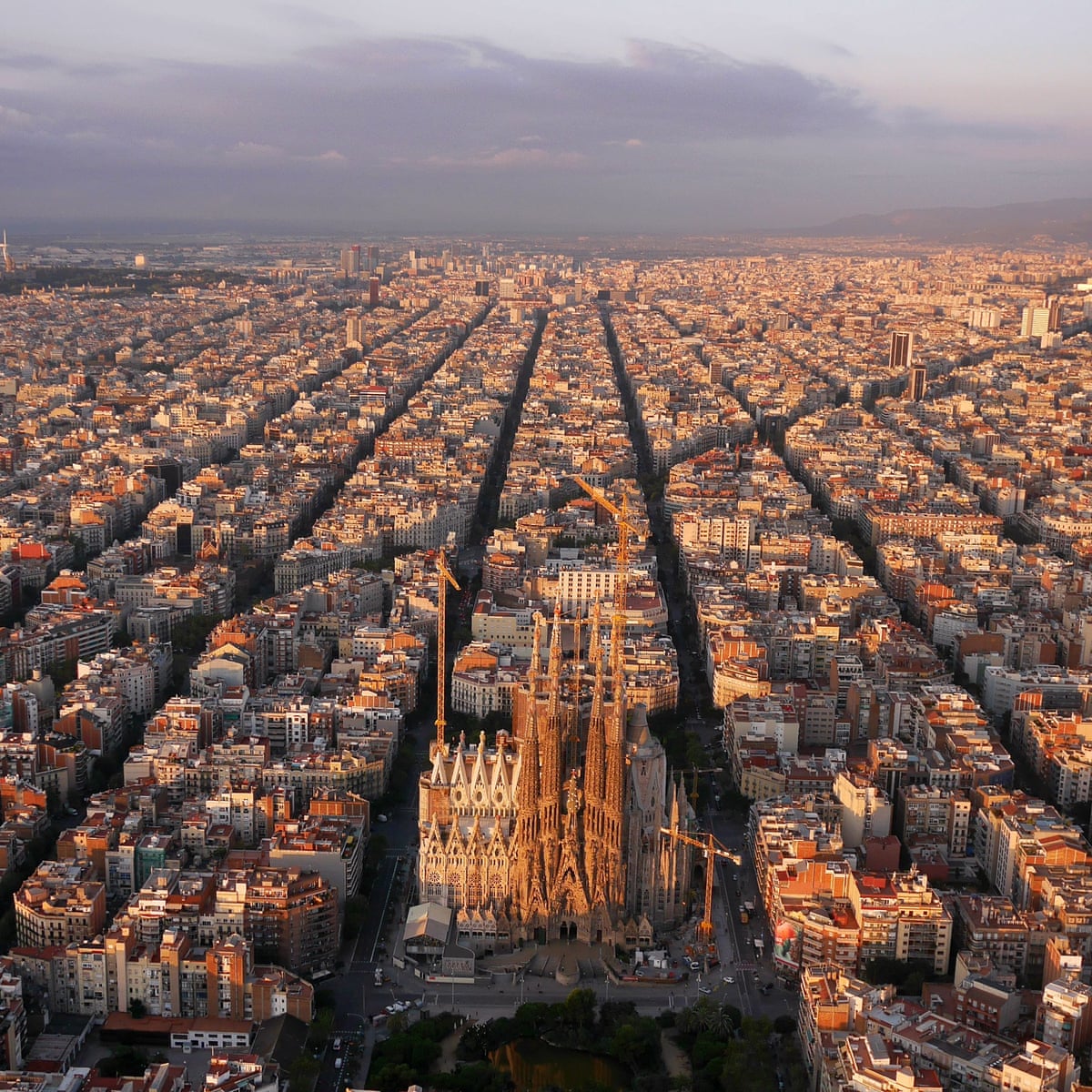For my paradigm shift project, I have decided to write about the shift in attitudes towards mixed race people in America. As a mixed race person myself, this is a very personal topic and something that I’ve always thought about. Below, I will list some sources that I have found and how they will be constructive towards my paper and presentation. I will continue to find more, and I am very excited to work on this project.
nytimes.com/2011/03/20/us/20race.html
This New York Times article explores the increase of multiracial people in southern Mississippi. It provides percentage numbers of mixed raced people and testimonies from the experiences of mixed race couples. They said that for the most part there weren’t any big issues with their relationship or their children. The article mentioned a shift in attitudes towards mixed race couples and children. What I found most interesting is that the article looks at Mississippi, a deep south state with a history of staunch racism. This article provides solid examples of a paradigm shift with the numbers to back it up.
https://www.thoughtco.com/interracial-marriage-laws-721611
This article provides a timeline of discrimmination against interacial marriage in America. The dates that it provides span from 1644 to 2000. I think this information could be useful in terms of finding context of the time before the paradigm shift occured.
https://www.vice.com/en/article/vv59px/inside-facebooks-totally-adorable-kind-of-racist-mixed-race-baby-community
This Vice article is about the popularity of a social media page called “Mixed Race Babies”. People post pictures of their mixed race children and everyone seems to love it. The article mentions that many advertising companies are looking for mixed race children and how it was such a change from when those kinds of children were labeled as “ethnically ambiguous”. It also talks about how there are still some negative attitudes towars mixed race people as a whole. One woman commented on a picture saying that the mixed race child should have children with a white child so that their babies would be even more beautiful. Overall, this article provides an example of a positive attitude towards mixed race people while also mentioning negative ones.
https://www.psychologytoday.com/us/articles/201905/the-biracial-advantage
This article provides advantages to being mixed race and other elements about it that people find fascinating. One in particular is that mixed raced people are perceived as more attractive due to greater facial symmetry. It has personal accounts from mixed race people about their lives and the positive and negative aspects about having parents of two different races.
This was a funny youtube video I found just a few weeks ago and I knew that it could be useful for this project. Mixed race people in the UK explain certain phrases that you shouldn’t ask mixed race people like “Where are you really from?” or “Is that your real mom?”. I laughed because I’d heard a lot of those phrases myself. While they usually stem from harmless curiosity or interest, it does become a little annoying. I heard about the fascination of mixed race babies from this video and the accounts of actual mixed race people provides solid ground for analysis. It also shows that while the attitudes towards mixed race people might be changing, the terminology and racist undertones still exist.
Born a Crime: Trevor Noah
I read this book during my senior year of highschool for personal enjoyment. This book provides a firsthand account into the life of a half-black and half-white child growing up in Apartheid South Africa. The fascinating thing is that Trevor Noah is a relatively young person, meaning that these events didn’t happen that long ago. He mentions how he was classified as a kid, how he struggled to find a racial identity, and how he couldn’t walk too close to his mother or she would be arrested. Although this takes place in South Africa, it is a relatively contemporary account of the challenges that mixed race people used to face. I would definitely suggest reading it, as I couldn’t put it down until I was finished.





